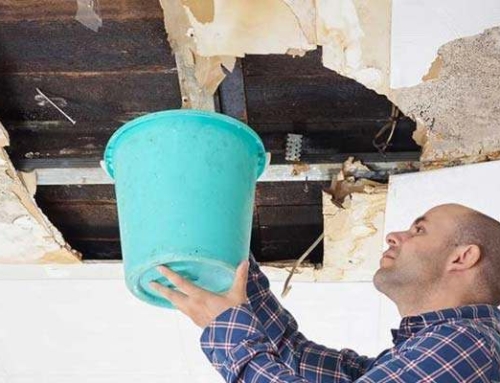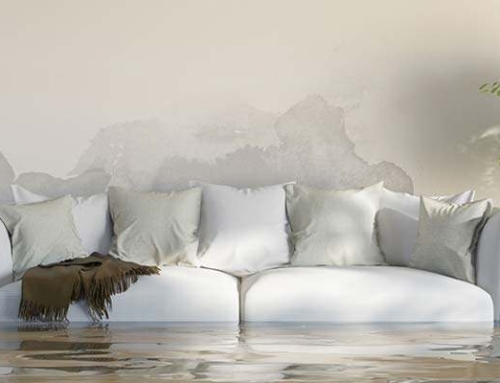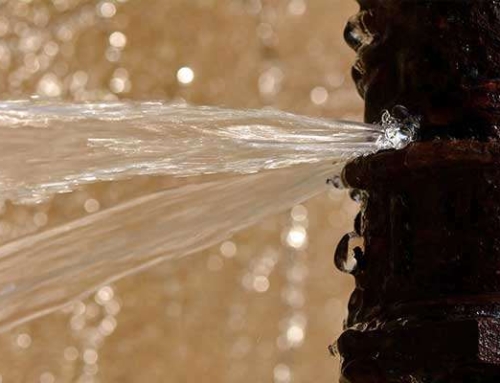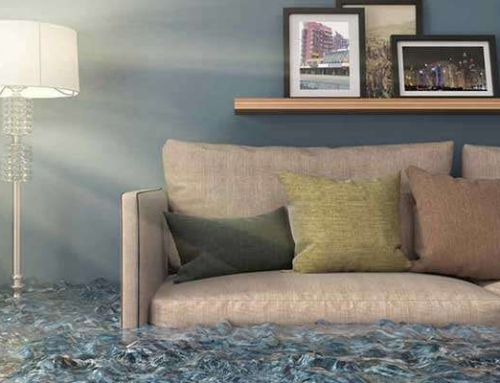The way you react within the first few minutes of you noticing that your house is flooding can determine the amount of damage it suffers. The following are 12 crucial steps that help you minimize and repair the damage to your house after the first floor of your home floods.
1. Identify What Has Caused the Flood
The first thought that homeowners often have about a flooded first flood, is natural disasters. However, there are many other reasons why a first floor might flood, including the following:
– Pipe left on when the drain is blocked or covered
– Sewer system blockage or overflowing toilet
– Overflowing dishwasher
– Leaking appliance, like a water heater
– Faulty washing machine hose
– Burst pipes
2. Stop the Flow
Turn the source of water off if you can identify it. For example, cut off your home’s water supply by turning off the leaking or dripping faucet, or unplug a leaking water heater. If you have to wade through water in order to do that, call a professional and then wait outside in order to prevent potential electrocution.
3. Cut the Power Off
If you are able to get to your fuse box without wading through water, turn the power off to the affected parts of your house. That also can help to reduce the potential of electrocution. Call professional and then wait outside if you are unable to get to the fuse box without wading through water.
4. Inspect for Damage
When a natural disaster causes a flood, thoroughly inspect your house and call the appropriate authorities in order to get your issue resolved. The following are some things you should watch for: structural damage, including warping or cracked foundations and damage to water and gas lines, gas, and electricity.
5. Document Your Damage
While you are waiting for the professional to get there, make sure you document the damage that your house as sustained as thoroughly possible. For insurance purposes, it might be necessary to do this. Take video footage, take pictures, make notes.
6. Call Your Insurance Company
You should contact your insurance company as soon as possible, particularly if the flood was caused by a natural disaster. The telephone lines to the company might be busy. Therefore, the sooner that you call, the higher up you will be on the waiting list. Consider calling headquarters you cannot get in touch with your local agent.
7. Hire a Water Restoration Professional
Ther are some insurance companies that sent a licensed contractor of their own out to survey the damage, provide a quote, and offer disaster restoration and cleanup services. However, in the event of an emergency, you might need to find a contractor on your own. Then you will be reimbursed once the work is done.
8. Remove the Water
Once you get the go-ahead for removing the water out of your house, get started on the process. If it is a widespread problem throughout your community, companies might be busy. Get a start on your house by performing some of the work on your own. Rent a wet vac or sump pump to start drying out water from your house. However, don’t plug the machine into a socket in an affected area, especially if there is water up to the same level as the sockets.
9. Remove Damaged & Wet Items
There isn’t any point in drying out the area but leave wet objects inside. It will not only offer a favorable breeding ground for harmful bacteria and mold. You will need professional help to remove drywall and carpeting. However, you can get rid of soaked appliances, clothes, rugs, and furniture yourself. If the water came into contact with any food, then it needs to be thrown out due to potential contamination.
10. Dry Out the Area
Unfortunately, getting rid of wet items and water does not completely dry out the area. To make sure the area is really dry, you need to use a dehumidifier. If just one small room has been affected, then a personal dehumidifier might do the job until the professionals get there. However, commercial-grade dehumidifiers are more powerful and larger.
11. Replace Material
In contrast to Water Restoration who does provide drying services, many contractors do not replace carpeting, insulation, and drywall that might be removed from your house. Therefore, you might need to contact other contractors to come in and replace and re-install those items. Your insurance company should also cover this.
12. Ventilate
As long as more moisture will not be let in by opening the windows, airing out your house is a good idea. Open cabinets and drawers as well. Ventilating also helps to get rid of the moldy odor that can start to form as you waiting for the repair and drying process to be finished. If you cannot open your windows, you should consider having HEPA air filters installed in order to improve your home’s air quality.





